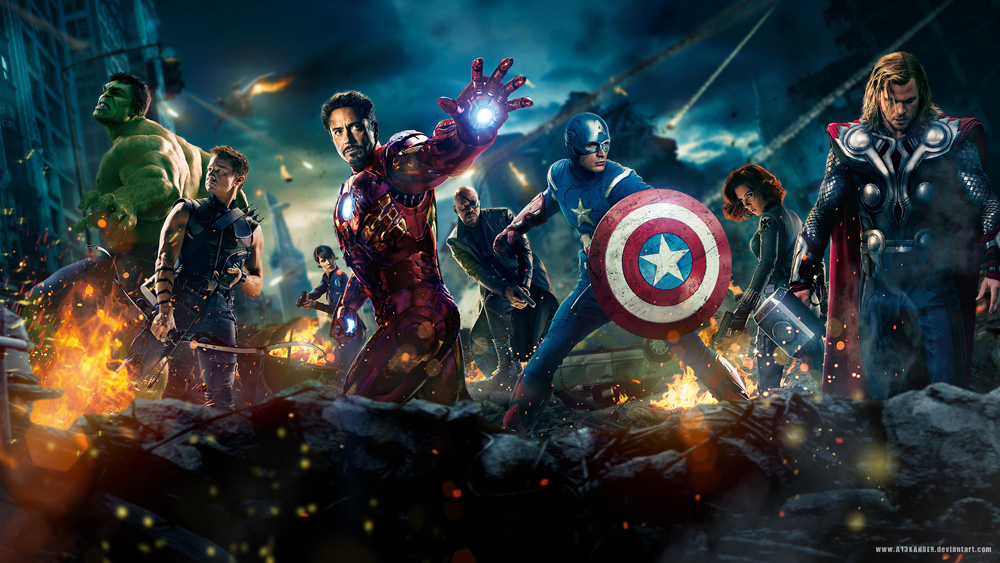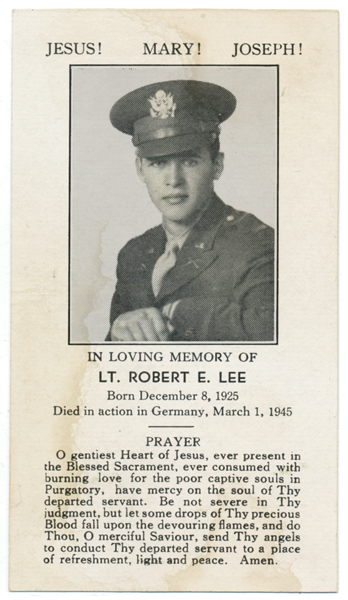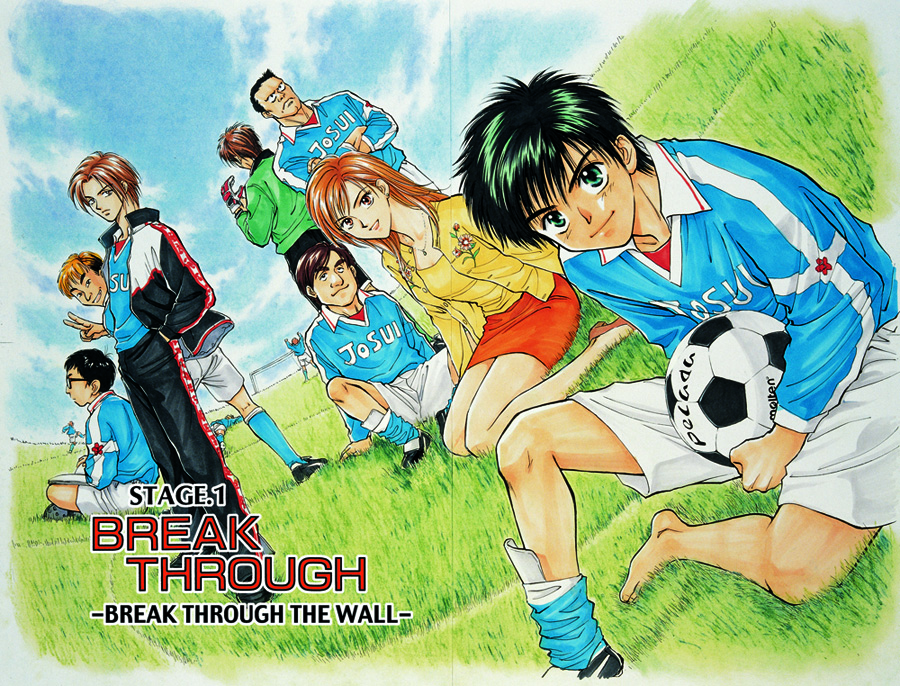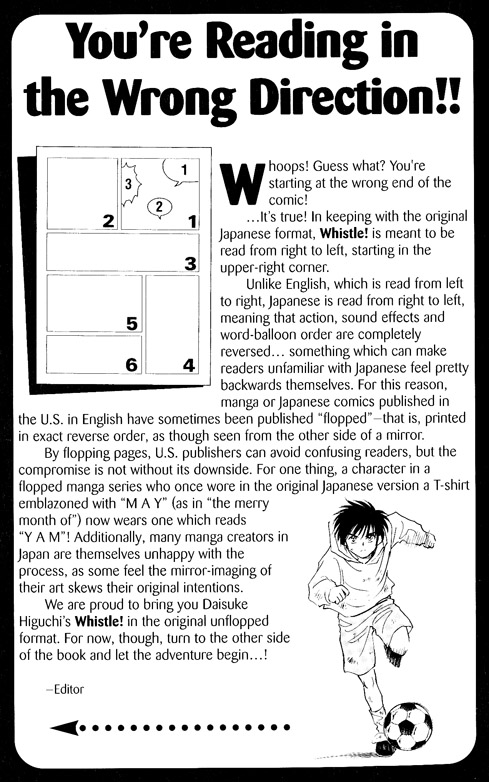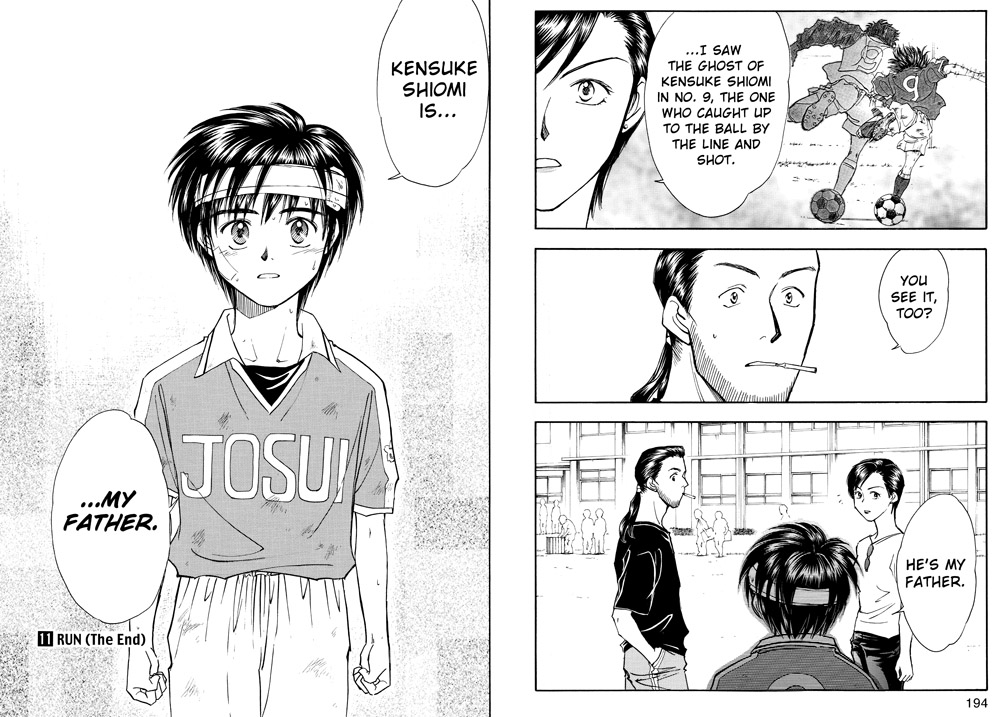One of the highlights of doing Flash Gordon was the opportunity to work with Al Williamson (1931-2010).
Al worked on two Sunday pages during my tenure. This first page ran on November 7, 1999. The layout and partial pencils are by Al, the finished inks are by me.
This next page is dated July 8, 2001 and i
Backstory on the November 7th strip:
During the summer of 1998 I was working on staff as a colorist at King Features Syndicate. King was gearing up to move from the building it had occupied for decades and I got a tip that a number of old files were being thrown out. I was told by my editor that if I was up for it I could go through the dumpsters and keep whatever I wanted. The files that were being trashed mostly consisted of decades old paperwork and proof sheets from a myriad of projects/collections that spanned back for years and years.
Rooting through the dumpster I eventually came upon a a lost treasure – proof sheets of Al Williamson’s work on Flash Gordon from the old 1960’s King Comics. I could not believe my luck. Now this was around the time that Marvel was withholding artwork from Jack Kirby. That being the case I got Williamson’s contact info from our Comics Editor Tom Daning (who had worked with Al two years prior) and after making copies for myself I sent off the proof sheets.
About a week later, much to my surprise, I got a call from Al. He thanked me, then told me how all the artwork from that first issue of Flash Gordon he had drawn had been stolen years ago. He had sent it in to the publisher and after it saw print all the artwork went “missing” and was never returned to him. He greatly appreciated receiving the package of proof sheets from out of the blue – so much so in fact that he invited me out to his studio.
I am still in awe of the original artwork I saw that day. His own and also of great pen and ink masters he admired from his personal collection; Alex Raymond, Hal Foster and much, much more…
Since I was the hired hand on Flash Gordon at the time, I inquired whether or not he would be interested in doing artwork for a Flash Sunday page. Granted, I knew he hadn’t had the best working conditions/relations with King in the past, so I was unsure if he’d be up for it. As he was under deadline inking a Star Wars movie adaptation at the time he politely declined and I left it at that.
Skip ahead a year…
Al would call me from time to time just to check in on how work was going and how the family was doing. By the fall of 1999 I decided to inquire again if he would be interested in doing a Flash page. At this time he said he’d be up for it, but he had two conditions.
1: That he’d have plenty of lead time.
2: Under no circumstance would he accept payment.
He wasn’t able to finish the page due to other deadline commitments, but he did provide a beautiful layout. What follows is the inking study he worked up on tracing paper.
Williamson’s method of working up a page starts with an inked rough (to size). First laid out in pencil, William
I believe he later changed the figure of Dale because it was derivative of a drawing he had done shortly before this for another project.
Al blocked in partial pencils onto Bristol, then sent me the tracing paper so I could see what he intended. Due to time constraints he wasn’t able to pencil the inset characters.
And here’s my inks.
I can’t say enough about how great a guy Al Williamson was, not just as an artist but as a mentor and friend
For more on Al Williamson’s work on Flash (including these pages) I highly recommend Flesk publi
If Flash Gordon isn’t in your local paper, you can check it out online at…
A yearlong subscription to all of King Features’ comics (new and vintage) plus two years worth of archives for every single strip is a pittance at $19.99 a year.
Unsure? Try a 7 day trial subscription for free.













